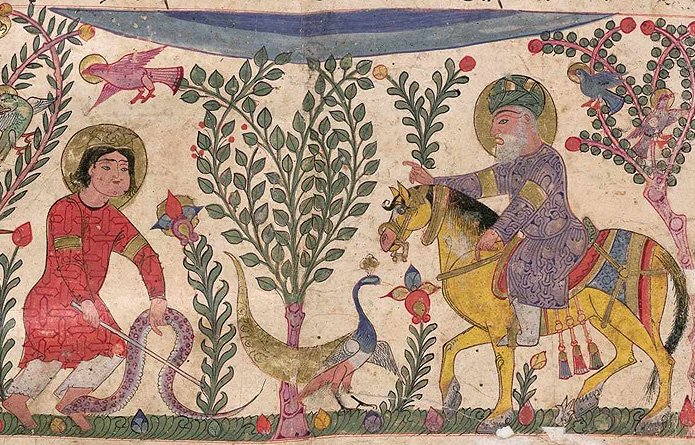
ZANGID
The Zangid (also commonly spelled ‘Zengid’) dynasty ruled on behalf of the Seljuk Empire from 1127 – 1250 CE. Muslim and Oghuz Turkic in origin, the Zangid spanned areas of the Levant and Upper Mesopotamia throughout what is now Syria and Iraq. Not only did the Zangid dynasty sponsor some of the most revered metalworking and painting schools in Mosul, but they are also known for their fierce fighting against Mongols. Driven by the Seljuk Empire’s expansionist tendencies and a need for geopolitical recognition, the Zangid put great emphasis on becoming an impenetrable force driven by culture and militaristic power.
Links
* The image for Zangid 101 comes from this link: Zangid
[i] Ottoman Empire
[ii] along the Silk Road
[iii] Genghis Khan’s grandson Hulagu in 1262
[iv] The two branches of the Zangid dynasty
[v] Ayyūbid Caliphate
[vi] inlaid metalwork and ceramics
[vii] higher academic institutions, religious education through madrasas
[viii] Sayf al-Dīn Ghāzī I ruled Iraq
[ix] large swaths of Central Asia and Anatolia
[x] of “empire status”
[xi] under Nūr al-Dīn Maḥmūd
[xii] “the oldest structure of the mosque completely intact when it was destroyed in 2013 during the Syrian Civil War”
[xiii] Mosul School of Painting and Mosul School of Metalwork
[xiv] and architectural pieces
By Dr. Becs Rogers
